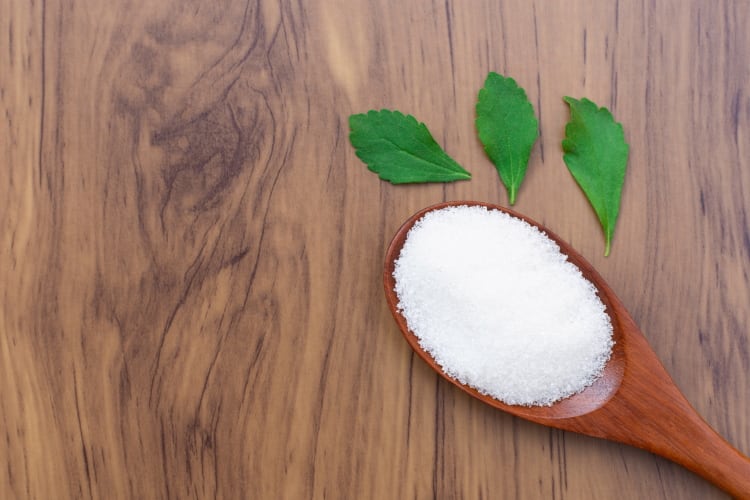“Reb M, also known as rebaudioside M, is one of more than 70 steviol glycosides found in the leaves of the stevia rebaudiana plant,” opens Ingredion’s Helen Hook, sugar reduction & specialty sweeteners platform leader, EMEA. “Each steviol glycoside has its own particular characteristics when it comes to sensory profile with different levels of sweetness.”
Among the long list of steviol glycosides, Reb M is said to have the most sugar-like sweetness coupled with a clean taste and no bitterness – the latter being a particular challenge for other stevia-derived glycosides such as steviol and Reb A. But according to Hook, Reb M ‘can achieve deeper levels of sugar reduction’ and be key in the manufacture of low and no-added-sugar products.
“Reb M has a quick sweetness onset and similar sweetness curve to sugar in terms of intensity,” she explained. “It doesn’t have the off-notes associated with the first generation of stevia sweeteners. This enables dairy manufacturers to deliver higher levels of sugar reduction - or even zero sugar formulations - without compromise on taste.”
An eco-friendly sugar replacement
Manufacturers can also boost their products’ sustainability credentials by using stevia sweeteners versus the more energy-intensive sugar. Recent innovations in stevia production mean that stevia-derived sweeteners outperform sugar across several sustainability metrics, such as water, energy and land use. This claim has been verified through a lifecycle analysis commissioned by Ingredion, which tracked the climate impacts of multiple stevia technologies - stevia leaf extraction, bioconversion and fermentation.
The study has found that deriving Reb M through fermentation cuts the ingredient’s environment impact by 82% versus sugar, and by 50% if bioconversion - which mimics the stevia plant's natural process - is used for production. On top of being more eco-friendly, bioconversion is also a more cost-effective manufacturing technique.
Ingredion uses all three methods to derive Reb M for its stevia sweetener PureCircle. This is done to suit any relevant labelling and sustainability requirements, as Hook explained: “The labeling of stevia is specific to regional and national regulatory guidelines. In some countries, labeling can differ depending on the process used to produce the steviol glycosides e.g. stevia leaf extraction, stevia produced from bioconversion and precision fermentation. However, as the resulting molecule is identical, many regions apply the same label regardless of production method.”
Stevia is trending in dairy
According to Innova Market Insights, the number of stevia-containing dairy product launches in the EMEA dairy and dairy alternatives market grew at 18% CAGR between 2017 and 2022.
This demand has in turn pushed ingredient makers to invest in technologies that would make the extraction of the sought-after steviol glycosides quicker and more cost-effective, something which alongside regulation still stands in the way of wider adoption. For those who can invest however, there are several advantages.
“According to our proprietary market studies, consumers prefer natural claims and clean labels in dairy applications, and they are also willing to pay more for it,” Hook concluded. “This presents an opportunity for manufacturers to leverage stevia as a plant-based ingredient that successfully contributes to formulating sugar-reduced products with no compromise on taste and texture.”



